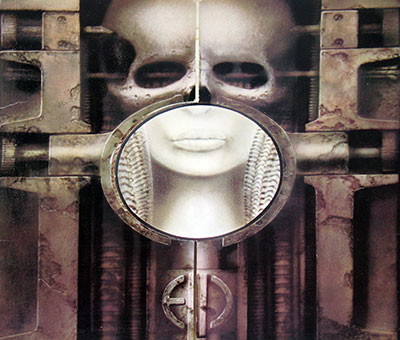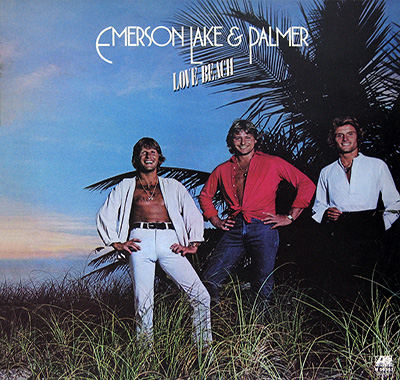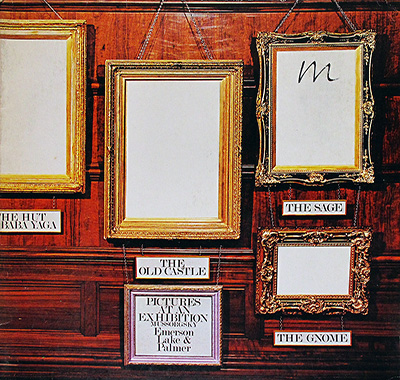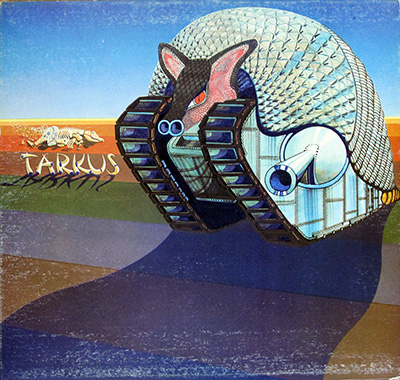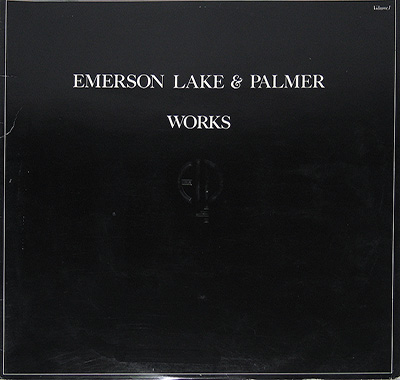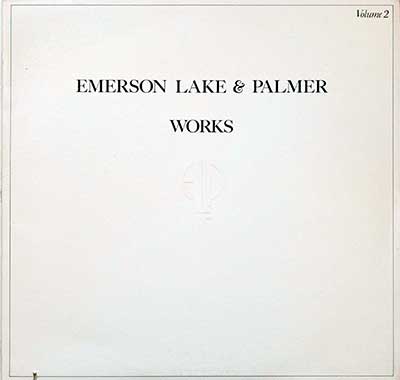## Formation and Early Years Emerson, Lake & Palmer (ELP) emerged in 1970 as a supergroup, a fusion of immense talent from the existing progressive rock scene. Keith Emerson, renowned for his keyboard wizardry and theatrical flair with The Nice, joined forces with Greg Lake, King Crimson's charismatic vocalist and multi-instrumentalist, and Carl Palmer, the powerhouse drummer from Atomic Rooster.
This unique blend of virtuosity and ambition quickly set ELP apart. Their eponymous debut album, released in November 1970, showcased a groundbreaking mix of rock, classical, and jazz influences. Tracks like "The Barbarian" and "Knife-Edge" highlighted their technical prowess, while the epic "Take a Pebble" revealed a knack for emotive songwriting.
Musical Evolution in the 1970s
The early 1970s marked a period of intense creativity for ELP. Albums like *Tarkus* (1971), *Trilogy* (1972), and *Brain Salad Surgery* (1973) solidified their status as progressive rock pioneers. Their music became increasingly complex, featuring extended instrumental passages, elaborate arrangements, and a willingness to experiment with synthesizers and other electronic instruments.
ELP's live shows became legendary, filled with pyrotechnics, lasers, and Emerson's iconic spinning Hammond organ. Their performance at the Isle of Wight Festival in 1970, where they famously blew up a piano onstage, cemented their reputation for theatrical excess.
Despite their immense popularity, ELP's music divided critics. Some hailed them as innovators, while others dismissed their work as pretentious and overblown. Regardless of critical opinion, their albums consistently sold well, and they continued to fill stadiums around the world.
Shifting Tides in the 1980s
The late 1970s and early 1980s saw a decline in progressive rock's popularity, with the rise of punk, new wave, and other genres. ELP's output slowed down, and their albums, such as *Love Beach* (1978) and *In the Hot Seat* (1994), received mixed reviews. Internal tensions and personal issues led to the band's dissolution in 1979.
Various reunions and side projects followed in the 1980s. Emerson and Lake formed Emerson, Lake & Powell with drummer Cozy Powell, while Emerson and Palmer collaborated with bassist Robert Berry as 3.
Early 1990s Reunion
In 1991, the original trio reunited, resulting in the album *Black Moon* (1992). While not reaching the heights of their earlier work, it demonstrated that their musical chemistry remained intact. They continued to tour sporadically throughout the 1990s, delighting longtime fans with their classic material.
Core Band Members
Keith Emerson (keyboards, synthesizers): The undisputed musical leader of ELP, Emerson was a virtuoso keyboardist known for his flamboyant stage presence and innovative use of electronic instruments. His classical training heavily influenced ELP's sound, often incorporating elements of Bach, Mussorgsky, and other composers into their music.
Greg Lake (vocals, bass, guitar): Lake's powerful voice and songwriting skills were crucial to ELP's success. He penned many of their most memorable songs, including "Lucky Man," "Still...You Turn Me On," and "From the Beginning." His ability to seamlessly blend rock and classical elements in his compositions was a defining feature of ELP's music.
Carl Palmer (drums, percussion): Palmer's drumming was a driving force behind ELP's energetic sound. His technical proficiency and rhythmic complexity perfectly complemented Emerson's keyboard explorations and Lake's melodic sensibility. His solos were often showstoppers, showcasing his incredible speed and precision.
Legacy
Emerson, Lake & Palmer left an indelible mark on progressive rock. Their willingness to push musical boundaries, embrace theatricality, and blend diverse influences paved the way for countless bands that followed. While their music may not be as widely celebrated as it once was, their influence continues to resonate in the work of contemporary artists across various genres.
